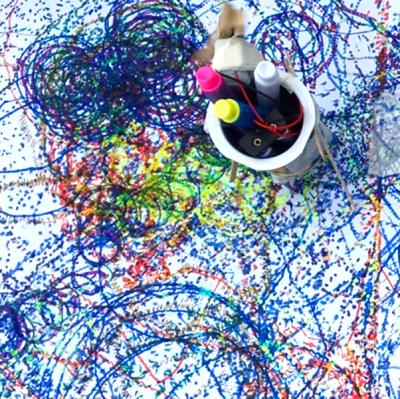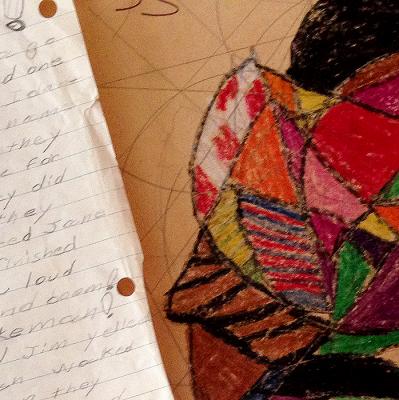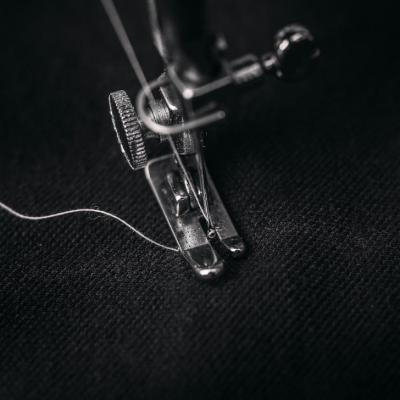这个思考模式鼓励学生多方面思考,为一件物品/系统思考各种新的可能性。然后再鼓励学生把新想法融合起来,决定一个有效率的方法去完善,从新设计,和拆解物件/系统。

这个思考模式鼓励学生多方面思考,为一件物品/系统思考各种新的可能性。然后再鼓励学生把新想法融合起来,决定一个有效率的方法去完善,从新设计,和拆解物件/系统。


Esta rutina de pensamiento ayuda a los estudiantes a ir lentamente y observar de cerca un sistema.

A community of teachers and researchers work together in Cambridge, MA and Temescal, CA to learn more about how students understand design in the world.
這個思考模式鼓勵學生在一個特定的系統裡思考不同人物的觀點。其目標是幫助學生理解系統裡的不同角色,他們會用什麼形式去表達感受以及對系統裡其他人物和事物的關心。這個思考模式引導學生從多角度去提出問題並表達觀點。

This practice promotes noticing, play, and exploration. When learners have time to tinker with materials they can gain an understanding of the affordances, possibilities, and constraints inherent in a variety of making materials.

AbD researcher Jessica Ross elaborates on her role in the Open Portfolio Project by asking the question: What advice can we offer young makers as they document their making throughout their lifetimes?

PROTOCOLO PARA ANALIZAR DE FORMA CRÍTICA UN CONTENIDO, CONSIDERANDO DIFERENTES PERSPECTIVAS Y REPRESENTACIÓN, PARA DESPUÉS REDISEÑAR O REIMAGINAR ESE CONTENIDO DESDE UNA PERSPECTIVA PROPIA.

A protocol for looking closely at content, considering perspectives and representation, and then redesigning or reimagining that content from one's own perspective. Try out the accompanying Learner Workbook!

Essa rotina encoraja os estudantes a considerarem as diversas perspectivas de quem interage em um sistema particular. O objetivo dessa rotina é ajudar os estudantes a entender no que as diversas pessoas que participam de um sistema pensam, o que sentem e com o que se importam de uma forma particular em função de sua posição no sistema.